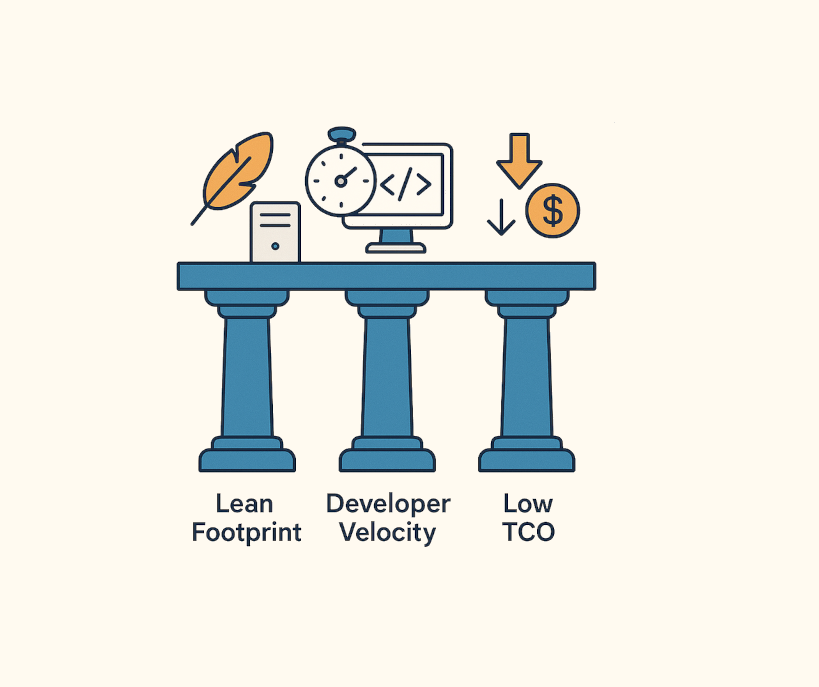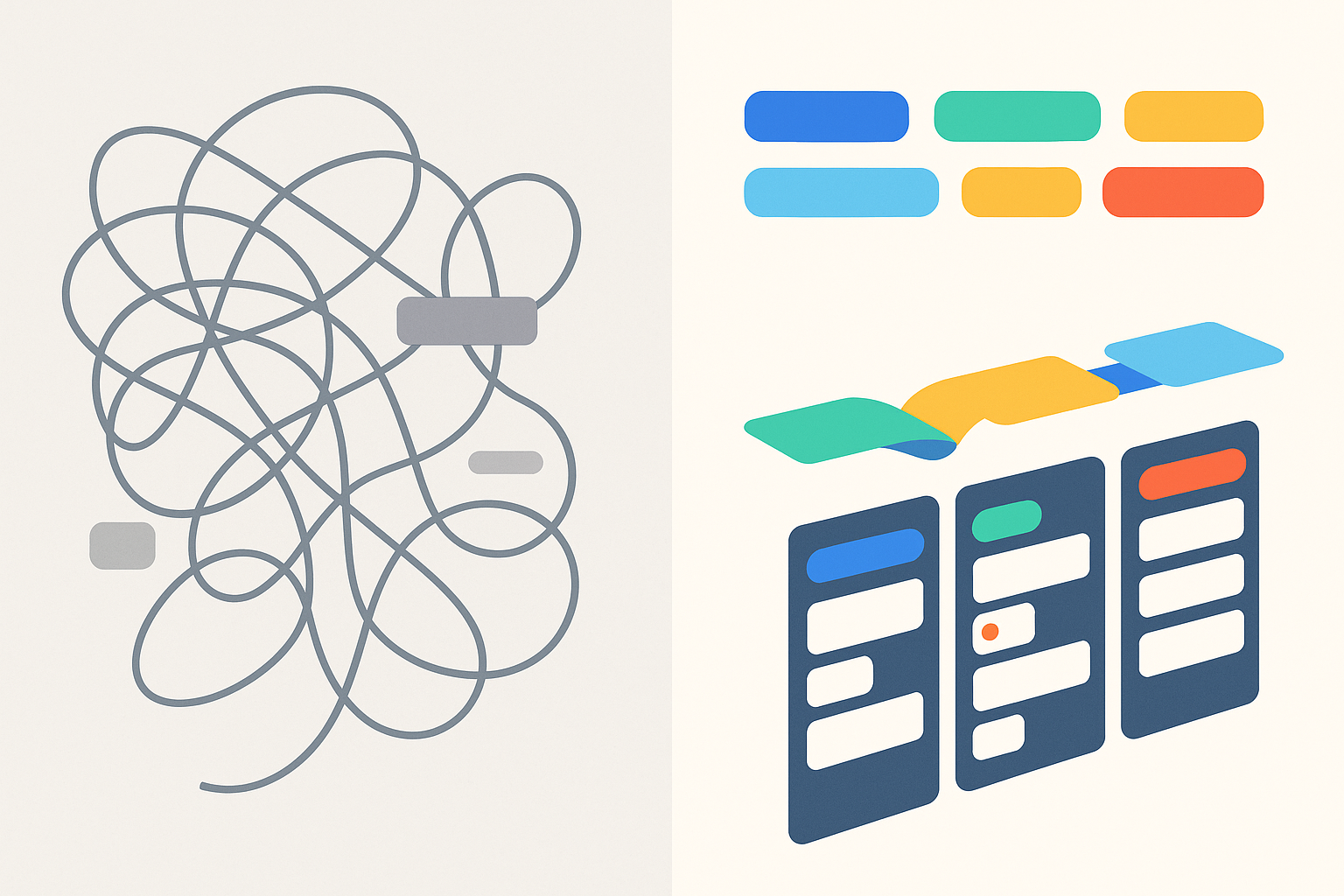· Michael Antensteiner · Product · 3 min read
Building Lytebase - A Leaner Path to Cloud-Native
Kubernetes has become the de facto engine of modern software. Its elasticity, strong ecosystem, and proven reliability are hard to ignore—whether you run a SaaS in the cloud or deliver on-prem solutions.

Yet one keeps hearing the same refrain from smaller ISVs and product managers:
We know Kubernetes is the future, but running the full platform ourselves feels overwhelming.
Setting up the right hardware, high-availability control planes, secure service-to-service communication, certificate management, and all the “day-2” operations turn bare-bones Kubernetes into a daunting task—especially for teams still learning the terminology and juggling countless YAML manifests. For lean teams, that complexity feels like a toll booth blocking the road to production.
From day one at AppSpark, a ‘lean server’ mindset guided us. That led us to ask:
- Could a production-ready Kubernetes stack feel light, fast, and cost-efficient from day one?
- Could small teams gain “batteries-included” developer productivity without lock-in?
- Could hosting become more efficient — and more secure—by running WebAssembly workloads?
What we’re aiming for
Lytebase is our work-in-progress effort to answer those questions and bring the undeniable power of a Kubernetes cluster to teams that can’t—or simply don’t want to—staff a fleet of specialists.
| Pillar | What it means |
|---|---|
| 🪶 Lean Footprint | Runs happily on modest servers (or everyday cloud instances) and even consumer-grade GPUs—no exotic hardware or heavyweight base OS. |
| ⚡ Developer Velocity | GitOps on commit, built-in observability, secure service mesh, ready-made Postgres/Elasticsearch blueprints: code → customer value in minutes. |
| 💰 Low TCO | Fair pricing and fewer servers, plus automated upgrades & backups, keep budgets predictable. |
| 🔋 Best-practice Defaults | Opinionated—but never limiting—policies, secret management, backup schedules, and CI templates ship out-of-the-box. |
We’re building Lytebase not just as a toolkit, but as the foundation for our own AppSpark multi-tenant storage and hosting service (working title AppSpark Cloud). When our WebAssembly runtime lands, AppSpark Cloud will offer scale, isolation, and our code-to-prod workflow.
While AppSpark targets teams that prefer a fully managed experience, we know some organisations must keep workloads inside their own data-centres. For these cases we are planning to offer an on-prem Lytebase license, so you can self-host the platform behind your firewall without losing any of the lean footprint or developer velocity that define Lytebase.
Where we are now
Lytebase is not yet released and in internal alpha stages. We have a proof-of-concept clusters running internally and the first apps are ready to be deployed.
We’re the first to admit that what we’re attempting is a lot to chew—shrinking Kubernetes into a turnkey, batteries-included experience is a grand goal. But we’re convinced it’s achievable, and we’re committed to getting it right. The open-source ecosystem has already given us remarkable building blocks; with the right curation, automation, and a bit of stubborn optimism, we believe those tools can be woven into a platform that makes modern cloud development radically simpler for everyone.
We’ll share architecture deep dives, benchmark results, and roadmap updates right here as Lytebase takes shape.



